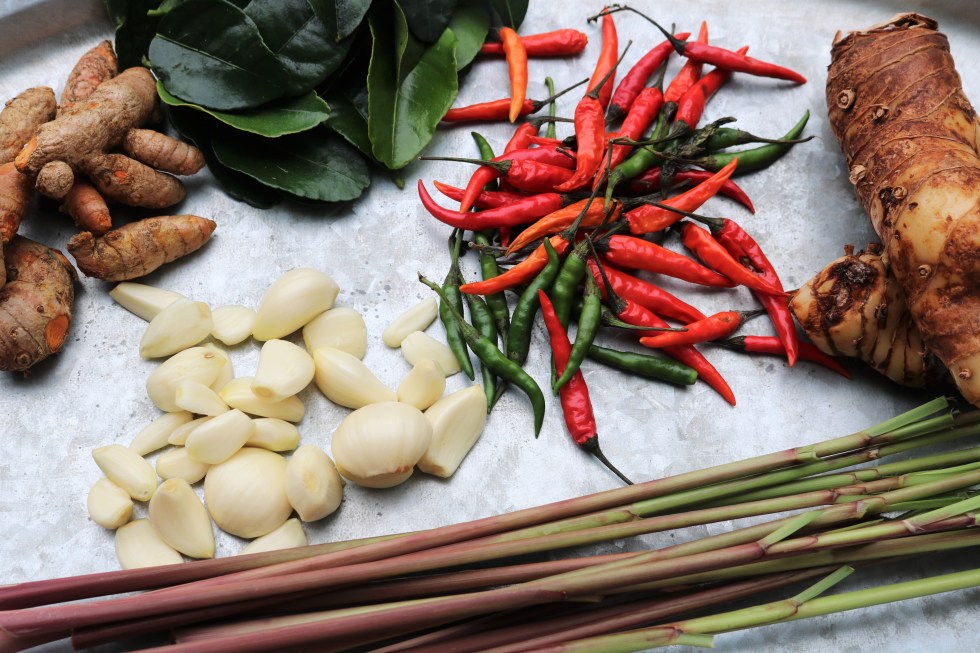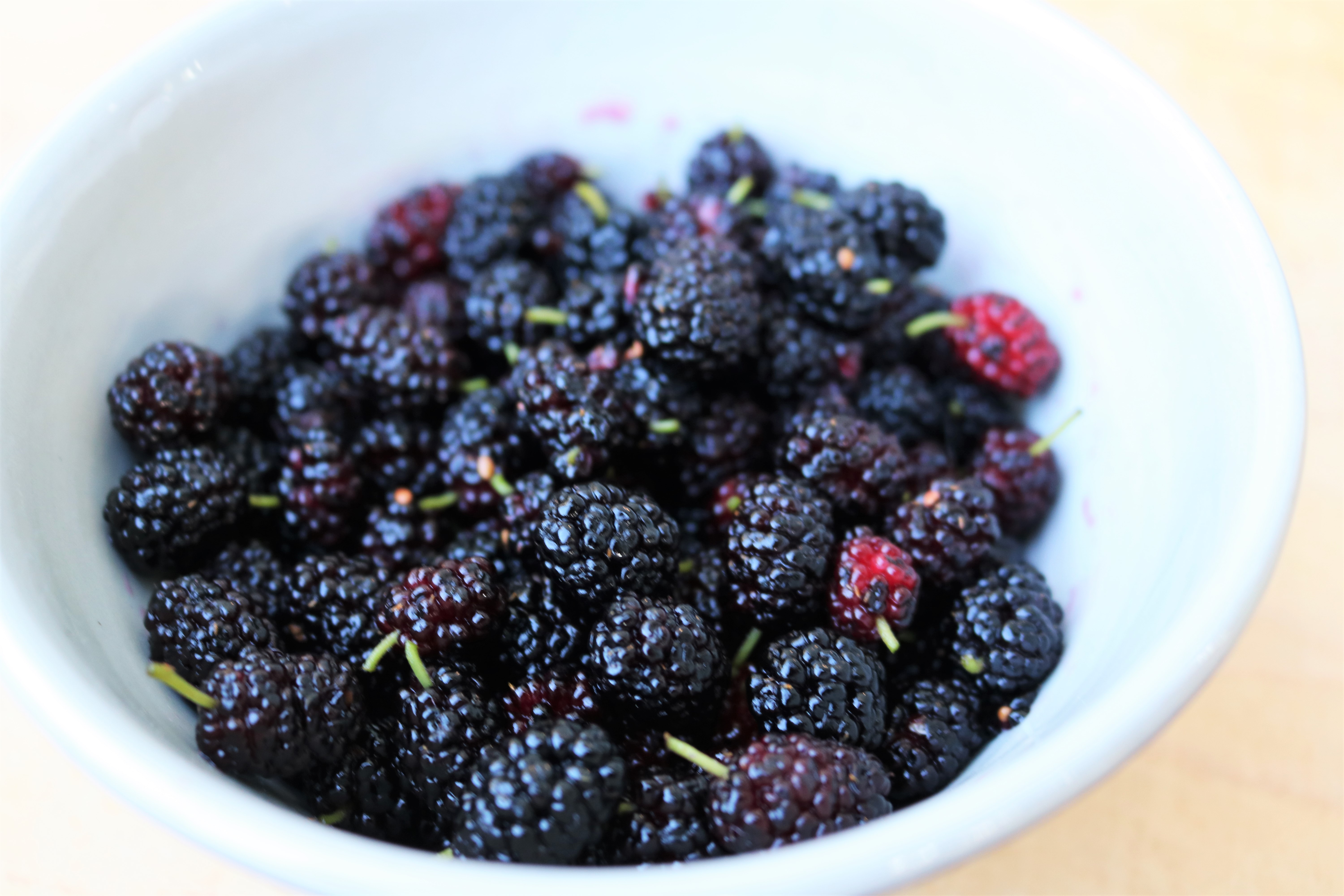
Spoon Cookies
The night is waning; dawn has not yet arrived. Pats of unsalted butter melt in the saucepan. With a silicone scraper, I stir back and forth across the bottom, watching the butter carefully. First the surface bubbles, and then a thick foam forms. Finally, I smell it, the nutty aroma of beurre noisette or brown butter. I quickly transfer the pan to a sink of cold water to stop the cooking. I am in the kitchen making my favorite and most time-consuming Christmas cookie, spoon cookies.

Spoon cookies are so named for the spoon that forms their shape. It must be an old silver spoon. These ancient beauties have deep bowls, so they work perfectly for filling with cookie dough. This morning, the favored teaspoon came from my Aunt Ada. Its smooth surface aids in helping the pressed cookie easily slide onto the cookie sheet. As I fill, press, and slide the cookie dough, my mind drifts back to memories of the generation that went before mine. They were children of immigrants, their lives steeped in traditions from the old country. These are traditions I have come to cherish, traditions I try to teach to those in my life.
After placing the tray into the oven to bake, I warm raspberry jam on the stove. Once strained, a smear of this jam will serve as a delicious glue between two baked cookies, forming what in the end looks a bit like a little egg. Each Christmas season, I look forward to the complex taste of the nutty beurre noisette against the sweet jam.
Caramels
Next on the agenda are caramels. Creamy and sweet, these are another labor intensive favorite. Between you, me, and the fence post, they have proved a challenge for me to perfect. Each time I make them, I seem to discover another idiosyncrasy of these delicious candies. This year’s batch, while a delicious and rich confection of sugar, butter, and cream, is a touch on the chewy side, which I of course blame on my ancient candy thermometer.
Yulekage: Christmas Bread
Next up, Yulekage. A favorite Scandinavian spice, cardamom, enlivens this tender sweet Christmas bread. To amp up the flavor, I always freshly grind my cardamom for this recipe. This distinctive spice together with the mix of golden and red raisins and topped with a crest of luscious frosting makes for a festive bread indeed. Thanks to the magnitude of the recipe, eighteen loaves have already left my kitchen to date, and this bread is my go-to baked Christmas gift.

Lefse
I would be remiss if I failed to mention the ubiquitous Norwegian delicacy, lefse. This potato-based flatbread defines December menus in the north country. It has to be paper thin, soft with light brown spots scattered across its surface, and with tiny dots of Russet potatoes. Lefse-making is a two-day affair that should be embarked on just before your kitchen needs a deep cleaning. Trust me, I know whereof I speak…
Cookies Et Alia
Other gems that might make their appearance in my comestible gifting include my Aunt Joyce’s thin sugary ginger snaps, my brother-in-law Bill’s butter balls, nutmeg-laden Kranse Kake, and crisp, frosted sugar cookies. The list could go on, but the variety and supply of goodies depends on how much the schedule expands in early December.

A Modicum of Our Christmas Joy
Why do we go through these tasks in the holiday season? What is the reason we shop and wrap, cook and bake, and assemble trays and tins to pass out to family, friends, and neighbors? Why do we put in the additional effort to make things extra special? The Christmas season is already a busy time of year, yet we add to it by making such effortful goodies to give to others.

There are many people in my life who hold a special place. Some are family, some are friends. It just seems that in this unlikeliest of seasons, the coldest, darkest days of winter, when we grace others with an act of kindness, a small array of culinary delights, we offer them a modicum of our joy. We are saying the world is better because of their presence in it. We are saying you are important to me. In giving something of ourselves to others, whether it’s our time, our talents, created gifts, or purchased items, we are telling them they are significant and special.
I will always get up before dawn or stay up into the wee hours to create tokens of my affection for those I hold dear.








































































































 How do I pick my favorite knife? It is a little like picking a favorite flower. I cannot. Each knife has its own uses. A bread knife is perfect for neatly slicing those crusty Breadico baguettes. A paring knife is the perfect size for getting garlic cloves ready to mince. The six inch and eight inch chef knives are what I use for chopping.
How do I pick my favorite knife? It is a little like picking a favorite flower. I cannot. Each knife has its own uses. A bread knife is perfect for neatly slicing those crusty Breadico baguettes. A paring knife is the perfect size for getting garlic cloves ready to mince. The six inch and eight inch chef knives are what I use for chopping.



















